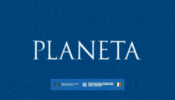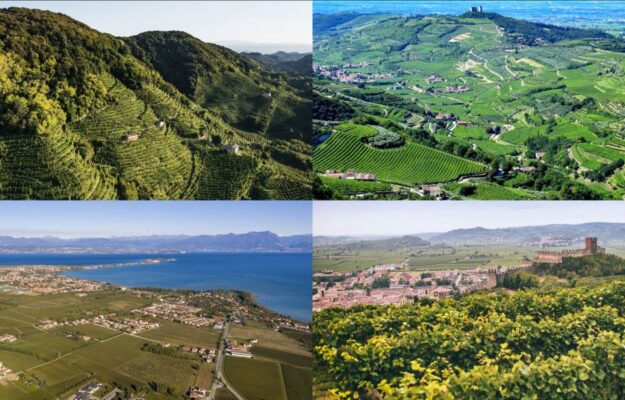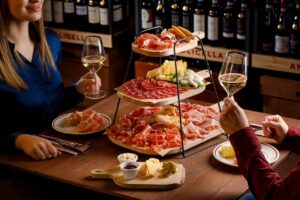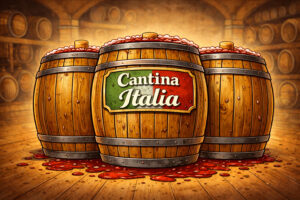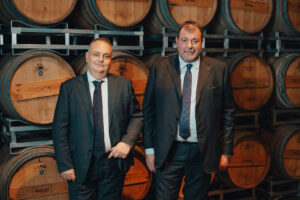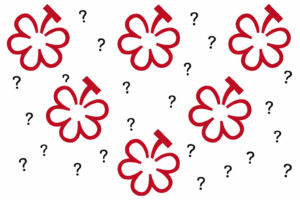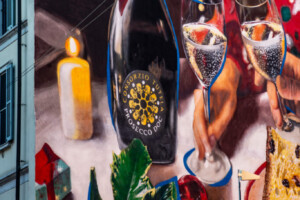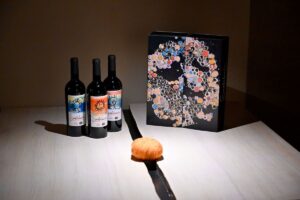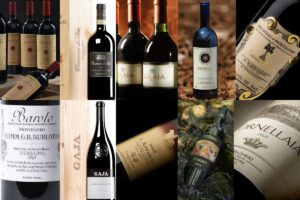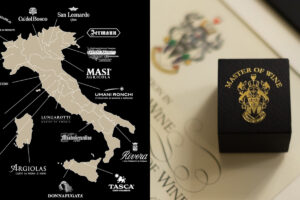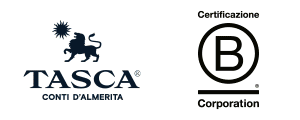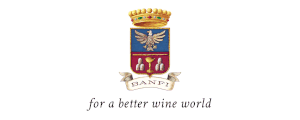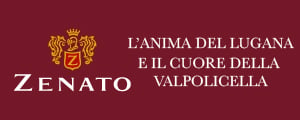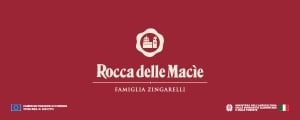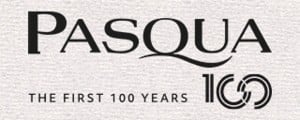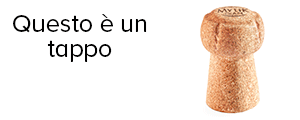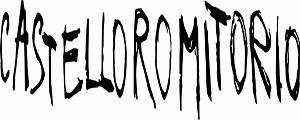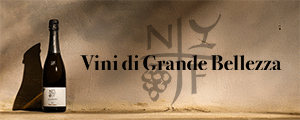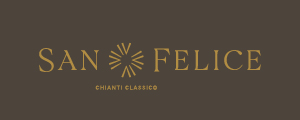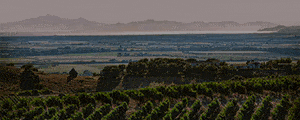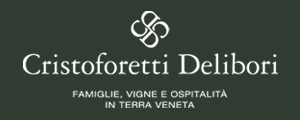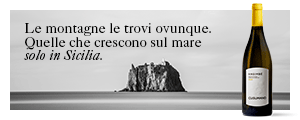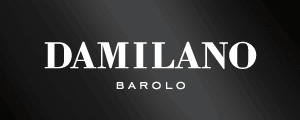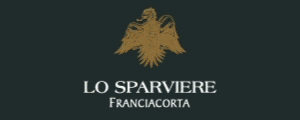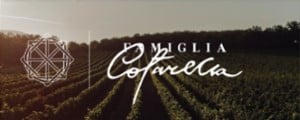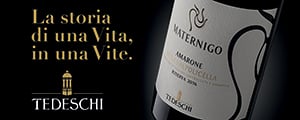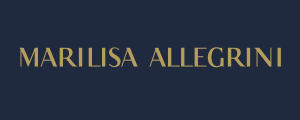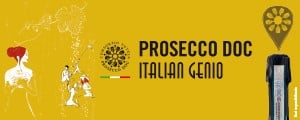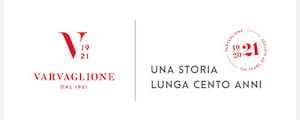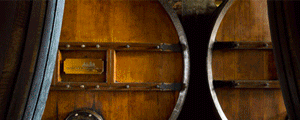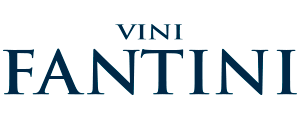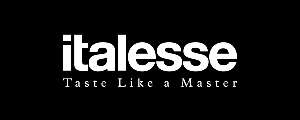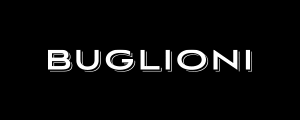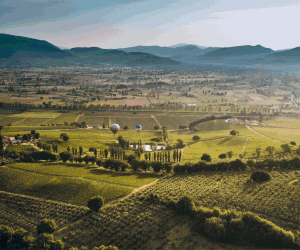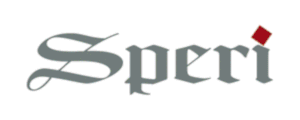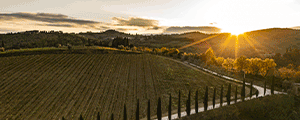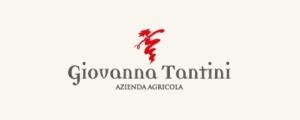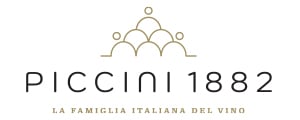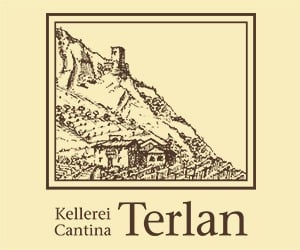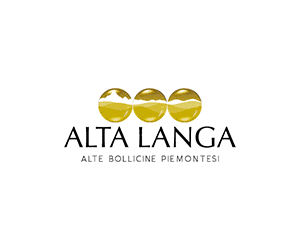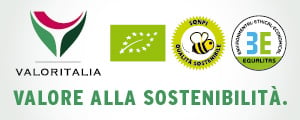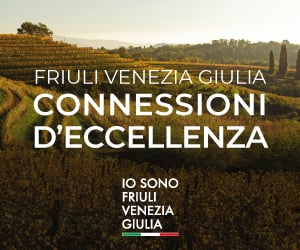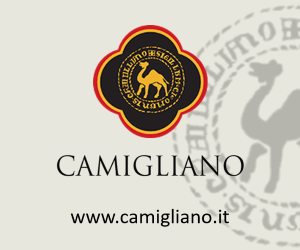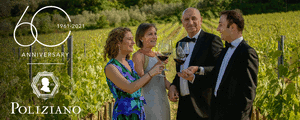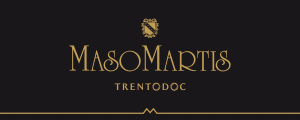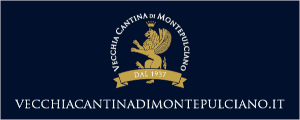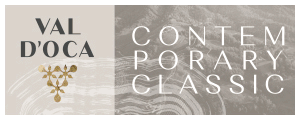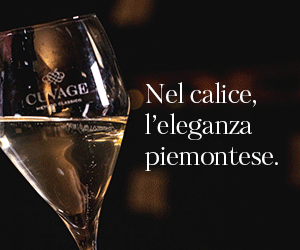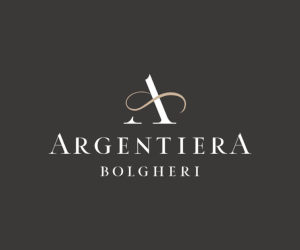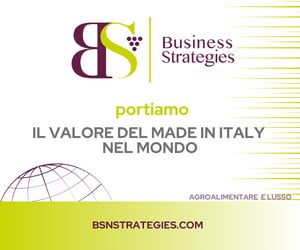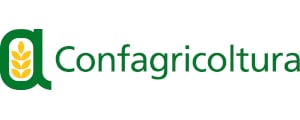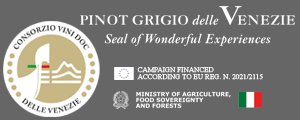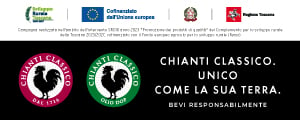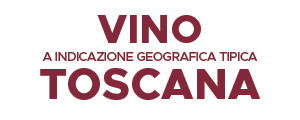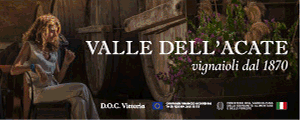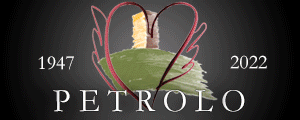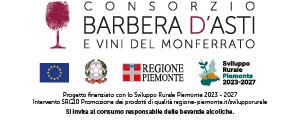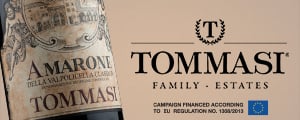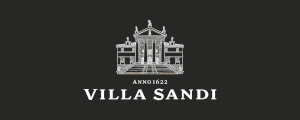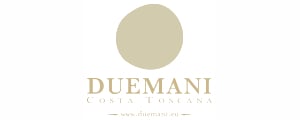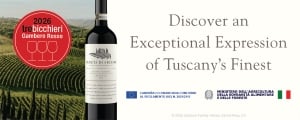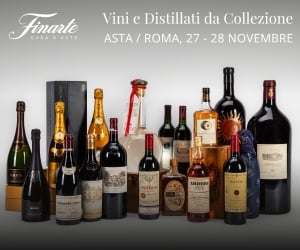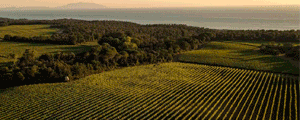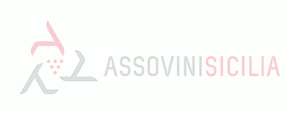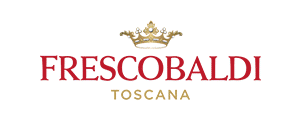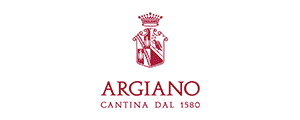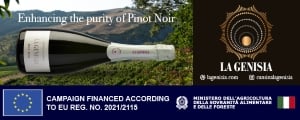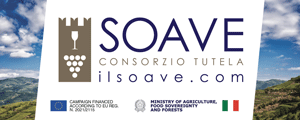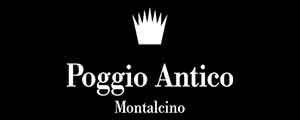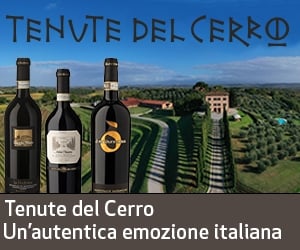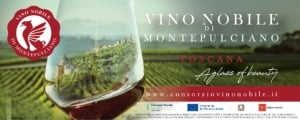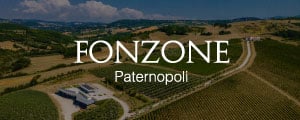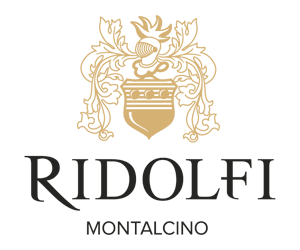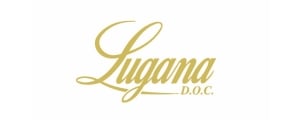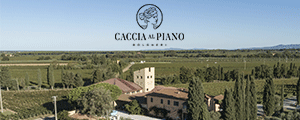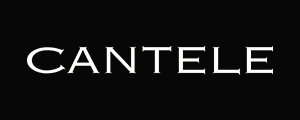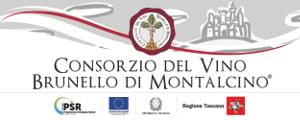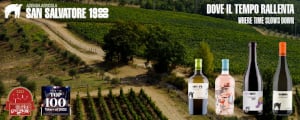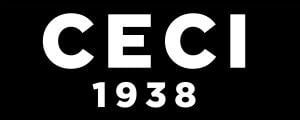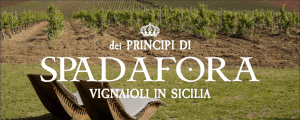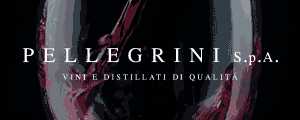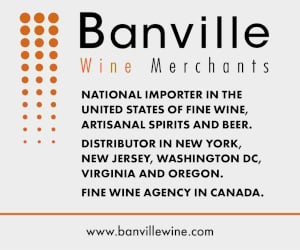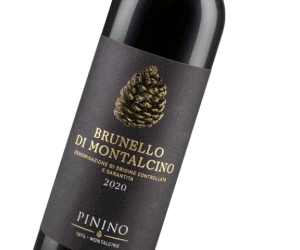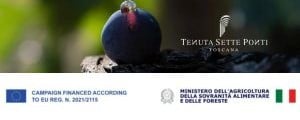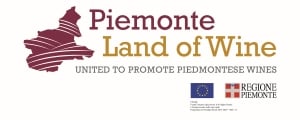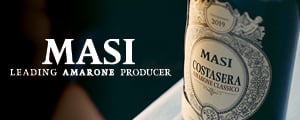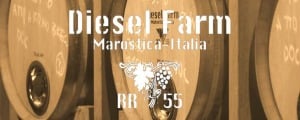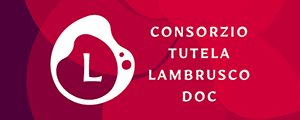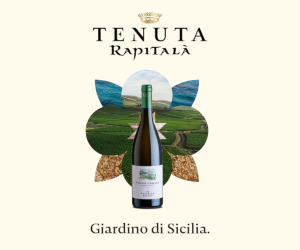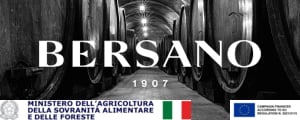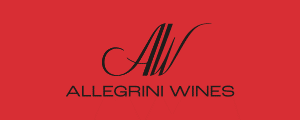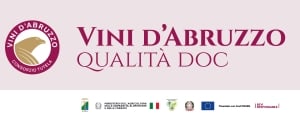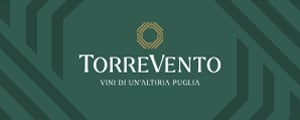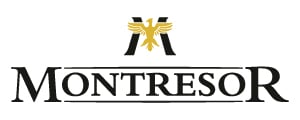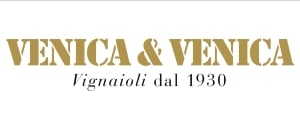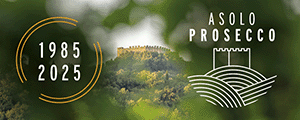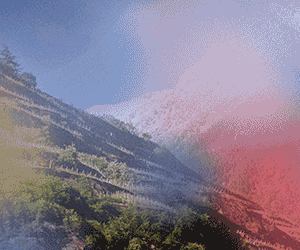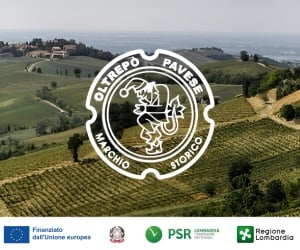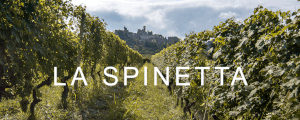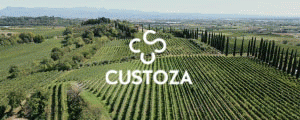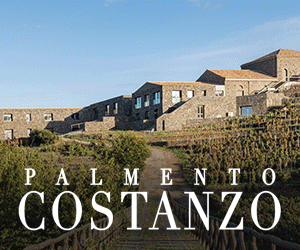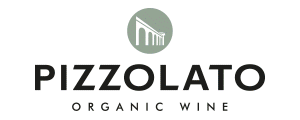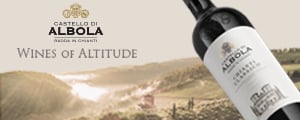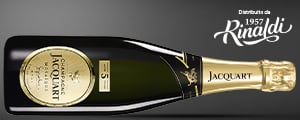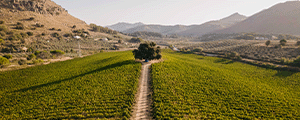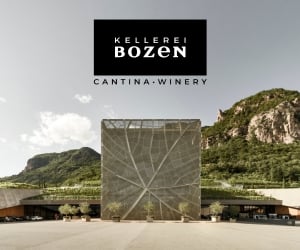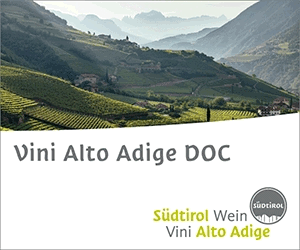The powerhouses “Prosecco” (including DOC, DOCG, and Asolo) and Pinot Grigio delle Venezie, the prestigious Valpolicella region with its Amarone and other wines, whites such as Soave and Lugana, Colli Berici, Lessinia, and so on: there are many faces of Veneto wine, the absolute leader in terms of Italian wine value (with exports in 2024 of just under €3 billion, 36.8% of the national total), where “the 2025 harvest looks very promising in terms of both quantity and quality, despite the extreme weather conditions and phytosanitary issues that have not been lacking. The wine world has to contend with a difficult international situation, characterized by declining consumption and tariffs. For this reason, as the Veneto Region, we are looking closely at the European Union’s new “Wine Package”, which introduces fundamental tools to manage supply, address the surplus supply with a consequent possible drop in prices, and enhance new consumption trends from low-alcohol wines to wine tourism”. These are the words of Agriculture Councillor Federico Caner, who today opened the Trittico Vitivinicolo meeting, an event organised by the Veneto Region, Veneto Agricoltura, Arpav and Crea to outline the forecasts for the 2025 harvest.
“The data presented by the Veneto Agricoltura Agri-Food Economic Observatory, in collaboration with Crea, shows an overall positive picture”, says Caner. “Grape production in Veneto is estimated at around 14 million quintals, with an expected increase of between +3% and +5% compared to 2024. This result has been favored by the entry into production of new plants and by climatic conditions which, despite episodes of bad weather and localized hailstorms, have ensured regular vegetative development and generally good health”. Yields remain stable or are slightly increasing, while the quality of the grapes is considered good to excellent, with high expectations for the wines that will be produced. However, there are some critical issues in organic vineyards, where physiological disorders have affected yields, and possible cases of sour rot or botrytis remain to be monitored if rainfall intensifies during the harvest.
“The harvest has already begun for the earliest varieties, such as Pinot and Chardonnay for sparkling wine bases, while the Glera harvest will start around September 5”. continues Caner, “followed by Merlot from September 10 and Corvina from September 17, Garganega and all the other varieties symbolic of Veneto viticulture from September 23”. If we analyze the expected production by province, the data varies: while Belluno will be substantially in line with 2024 (+1%), Padua and Rovigo are expected to see an increase of up to +10% for Glera, Pinot Grigio, Merlot, and Cabernet. production in Treviso will also remain stable, with the exception of Pinot Grigio (+2%) and Glera (-3%), a grape variety that is growing in the Venice area (+5%), together with Chardonnay (+3%), while Pinot Grigio is down (-3%); Vicenza and Verona will have a particularly positive year, with increases of up to +15% for Merlot and +10% for Corvinone and Garganega. The trend also extends to the rest of the Northeast: in Friuli Venezia Giulia, production is estimated to grow by 10%, while in Trentino-Alto Adige an increase of 5-10% is expected.
“Despite the excellent prospects”, adds Federico Caner, Regional Minister for Agriculture of the Veneto Region, “the wine sector is facing significant challenges. On the one hand, increasingly unpredictable weather conditions require timely technical decisions, while on the other, the international market continues to experience uncertainty, marked by a decline in global consumption and the burden of US tariffs. In this regard, I am convinced that our companies will be able to absorb the increases linked to tariffs, which is why I always urge producers to diversify their markets. The so-called Wine Package expected from Brussels represents a strategic step towards strengthening the supply chain: from the extension of replanting authorizations to promotion in third countries, through extraordinary measures such as compulsory distillation and green harvesting. The objective is twofold: to guarantee market balance and ensure profitability for producers, while maintaining the high reputation of Veneto and Italian wine around the world”.
Copyright © 2000/2025
Contatti: info@winenews.it
Seguici anche su Twitter: @WineNewsIt
Seguici anche su Facebook: @winenewsit
Questo articolo è tratto dall'archivio di WineNews - Tutti i diritti riservati - Copyright © 2000/2025

